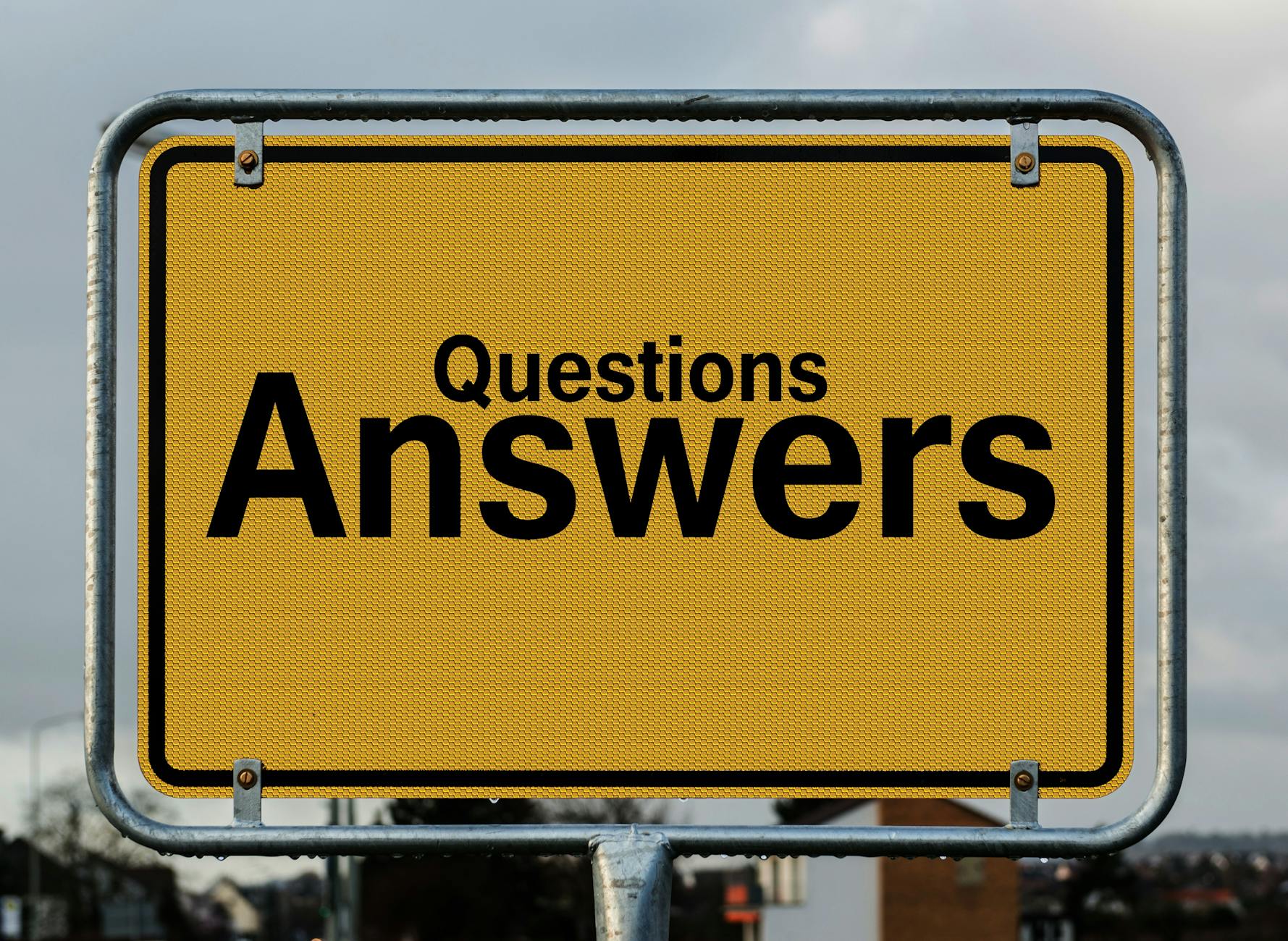
Safety Officer Job Interview Questions & Answers
Introduction
Looking to land a job as a Safety Officer? The job interview is your opportunity to showcase your skills, experience, and passion for workplace safety. To help you prepare, we’ve compiled some of the most common Safety Officer job interview questions and the best answers. Whether you’re a seasoned professional or just starting out, this guide will help you feel confident and ready.
Safety Officer Job Interview Questions & Sample Answers
If you’re preparing for a Safety Officer interview, it’s essential to be ready for a variety of questions. Interviewers will often focus on your understanding of safety protocols, relevant experience, and ability to handle emergency situations. Below are common Safety Officer interview questions, along with sample answers to help you prepare.
1. Can you explain what a Safety Officer does?
Sample Answer: A Safety Officer is responsible for ensuring that an organization complies with health, safety, and environmental regulations. This includes conducting regular inspections, assessing risks, developing safety plans, and providing training to employees on safety practices. The primary goal is to minimize accidents and ensure a safe working environment.
2. How do you conduct a risk assessment?
Sample Answer: To conduct a risk assessment, I follow these steps:
- Identify hazards: I inspect the workplace to identify potential risks, whether they are physical, chemical, or biological.
- Determine who may be harmed: I consider the people who might be at risk, such as employees, contractors, or visitors.
- Evaluate the risks: I analyze the likelihood of an incident and its potential impact.
- Implement controls: I recommend or implement controls to mitigate the risks, such as engineering controls, administrative controls, or personal protective equipment (PPE).
- Monitor and review: I continuously monitor the safety measures and review the assessment regularly or when there are significant changes in the workplace.
3. How do you handle non-compliance with safety procedures?
Sample Answer: Non-compliance with safety procedures can be dangerous, so I address it immediately. First, I would have a one-on-one conversation with the employee to understand why they are not following the procedures. It could be due to lack of training or awareness, so I would provide additional guidance. If it’s willful non-compliance, I would follow the company’s disciplinary procedures to ensure that safety remains a priority for everyone.
4. How would you handle an emergency situation?
Sample Answer: In an emergency, staying calm and following the emergency response plan is crucial. First, I would ensure the safety of employees by evacuating the area if necessary. Next, I would notify the relevant authorities or emergency services. Once the immediate danger is under control, I would assess the situation, document the event, and conduct an investigation to prevent future occurrences.
5. Can you describe a time when you implemented a safety improvement in the workplace?
Sample Answer: In my previous role, I noticed that several workers were frequently involved in slip-and-fall accidents due to poor lighting in the storage area. I conducted a thorough inspection and proposed installing additional lighting and anti-slip mats. After implementation, the number of accidents in that area dropped significantly, and employee feedback was very positive.
6. How do you stay updated on safety regulations and standards?
Sample Answer: I stay updated by attending safety training seminars, webinars, and workshops. I also subscribe to industry newsletters, follow regulatory agencies like OSHA and NEBOSH, and participate in online safety forums. Staying informed ensures that I can implement the latest safety practices and comply with new regulations.
7. What is your experience with safety training?
Sample Answer: I have conducted numerous safety training sessions, including general safety orientations for new employees and specialized training for hazardous materials handling, fire safety, and first aid. I always aim to make the training engaging and practical by incorporating real-life scenarios, demonstrations, and interactive sessions to ensure employees retain the information.
8. How do you prioritize safety tasks when dealing with multiple safety issues?
Sample Answer: I prioritize safety tasks based on the level of risk associated with each issue. Immediate hazards that pose a direct threat to employee safety are addressed first, followed by medium-risk issues. I also consider the frequency and likelihood of incidents when prioritizing. Once the most critical risks are mitigated, I move on to the lower-priority tasks while ensuring that none are ignored.
9. How would you encourage a safety culture in the workplace?
Sample Answer: Encouraging a safety culture requires consistent communication and involvement at all levels. I would start by leading by example and ensuring that management is fully committed to safety. I would organize regular safety meetings, reward safe behaviors, and actively involve employees in identifying hazards and suggesting improvements. By fostering open communication, employees feel empowered to prioritize safety.
10. What do you believe is the most important aspect of workplace safety?
Sample Answer: I believe that the most important aspect of workplace safety is prevention. If you can anticipate hazards and take steps to mitigate them before accidents happen, you can protect employees and reduce downtime. This involves proactive risk assessments, regular safety audits, proper training, and the use of personal protective equipment.
Final Tips for the Interview:
- Know the organization: Research the company’s safety policies and specific industry risks to tailor your answers accordingly.
- Highlight real experiences: Share examples from your past where you successfully handled safety challenges.
- Stay calm and composed: Safety Officer roles require quick thinking in high-pressure situations, so your demeanor during the interview is important.
Good luck with your interview preparation!
Conclusion
In conclusion, preparing for a Safety Officer interview involves a blend of technical expertise, practical experience, and strong communication skills. Be ready to discuss your knowledge of safety regulations, your approach to risk management, and how you’ve contributed to safer workplaces. With the right preparation, you’ll be able to confidently answer any interview question thrown your way.
Fresher Safety Officer Interview for Construction: Questions and Sample Answers
How to Introduce Yourself as a Safety Officer
SAUDI ARAMCO HSE Manager Interview Questions and Sample Answers | Free Download PDF
ADNOC HSE Manager Interview Questions and Answers | Free Download PDF
Top 100 Safety Manager Interview Questions and Answers 2024 | Free Download PDF
FAQs
FAQ 1: What are the top qualifications for a Safety Officer?
To become a Safety Officer, certifications like NEBOSH, OSHA, and IOSH are essential, alongside practical experience in safety management.
FAQ 2: What should I wear to a Safety Officer interview?
Professional attire is recommended. Business formal or business casual works best, depending on the company’s culture.
FAQ 3: How long does a typical Safety Officer interview last?
Most Safety Officer interviews last between 30 minutes to an hour, depending on the complexity of the role and the company’s hiring process.
FAQ 4: Can I ask questions during the interview?
Yes, it’s highly encouraged. Asking questions shows you’re interested in the role and want to learn more about the company’s safety policies.
FAQ 5: How soon can I expect a job offer after the interview?
The timeline can vary, but typically, you can expect to hear back within a week or two after the interview, depending on the company’s hiring process.


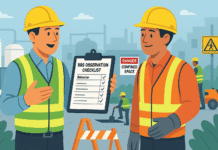
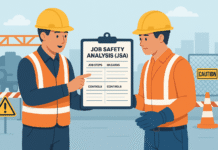
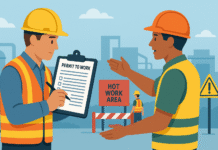










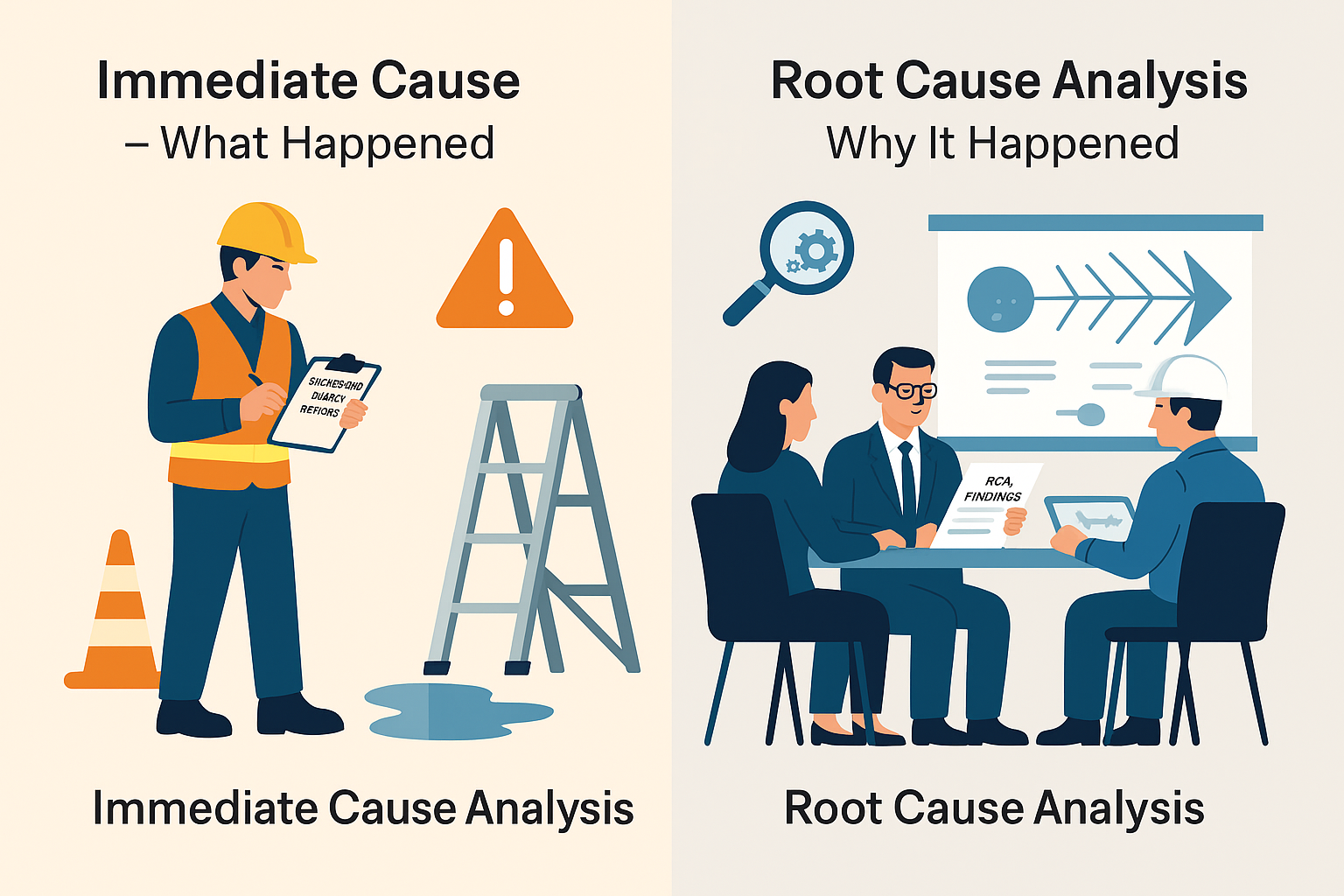









I am also the follower from all sites of HSE Study Guide. So I am thankful to you.